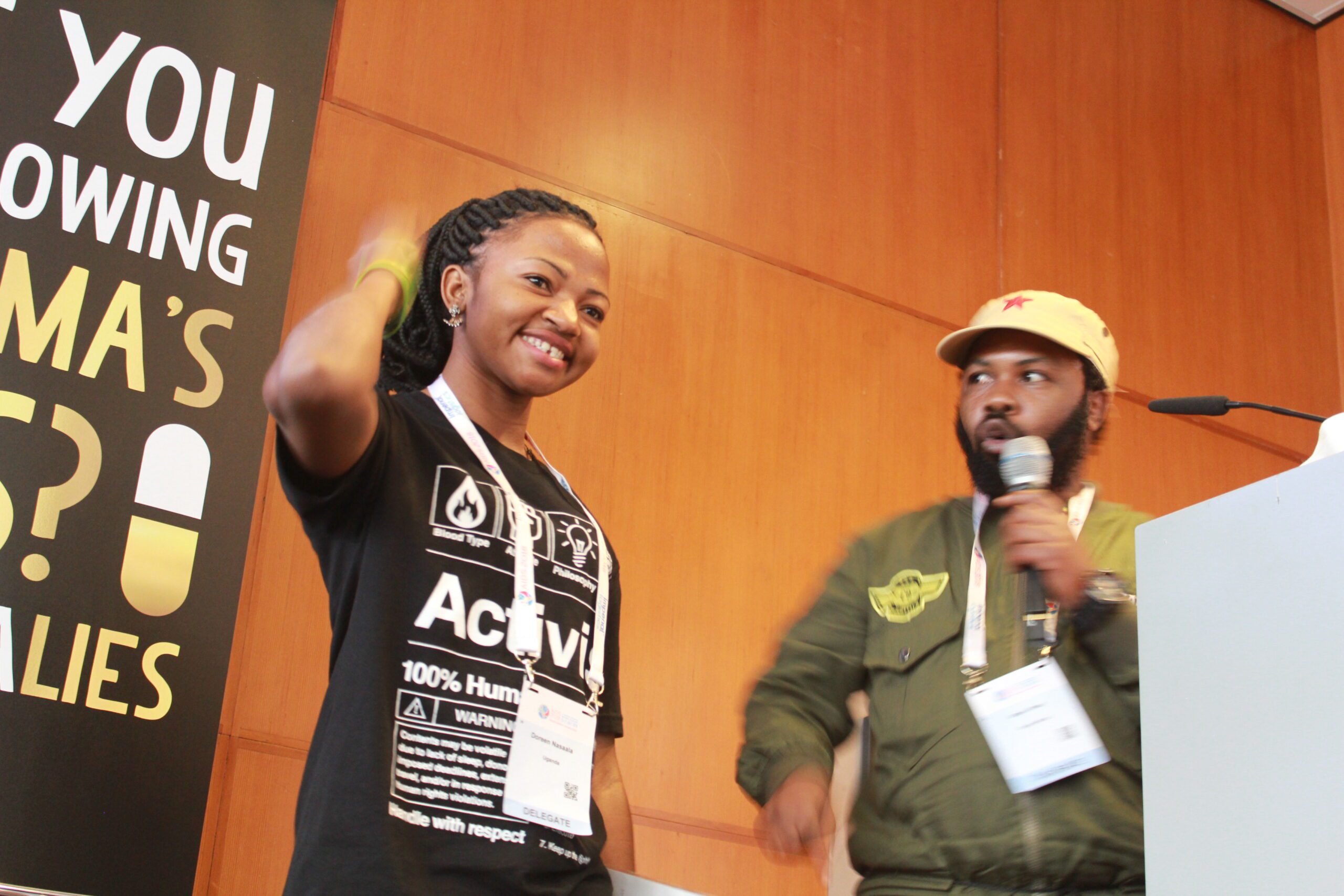On Sunday, July 22nd, ahead of AIDS 2018, 250 activists from around the world gathered in Amsterdam for the Community Activist Summit.
The Summit brought together people living with HIV and key population activists, civil society and community advocates, program implementers, government officials, and other stakeholders interested in and seeking to influence a global, community-led HIV advocacy agenda.
The purpose was to share stories, expose harsh truths, and challenge ourselves to create a vision for systematic change that isn’t influenced or dominated by the donors and geopolitical forces that continue to impose their agenda on the communities they claim to serve.

Parts were nostalgic – in celebration of the fact that it was the 15th anniversary of ITPC. And parts were challenging – to answer the hard questions we never have time to discuss: How can we increase solidarity when we’re all fighting for the same pot of money? To what extent are the issues communities faces are created by ourselves and which are created by donors? What keeps parallel movements – like HIV and TB – from being better connected?”
Over the course of the day, we reflected on how far the HIV movement has come, the state of activism today, and how to address our most critical problems in new and innovative ways.












Three themes and issues emerged from the intense discussions.
1. Empowering communities through treatment education and knowledge building remains more critical than ever.
We need to get back to basics. Ensuring that people have access to information, understand that information and what it means for their health, and are empowered to use that information in advocating for their needs.
We say this time and time again, BUT YOU CANNOT ASK FOR WHAT YOU DON’T KNOW EXISTS.
2. We need to change the systems that continuously keep diagnostics and life-saving medicines unavailable and unaffordable.
We cannot give up on public ownership of essential medicines and health care. These are human rights and, therefore, public goods. In a perfect world, these should be FREE.
But we know we don’t live in a perfect world. And until we do..
We need to reduce the cost of interventions so that they’re available, affordable and accessible.
In many countries, more 95% of HIV budgets goes to buying medicines. Leaving nothing for other prevention and care services. Reducing the cost of drugs allows us to make huge health savings that can then be invested in other community needs.
3. We need to transition from a financing model that allows donors – instead of communities – to drive the agenda of the HIV response.
We need to re-acknowledge that AIDS is political. And, therefore, the choices around where money goes are also political. We can’t rely on governments to prioritize the most vulnerable and marginalized groups of the epidemic. Communities have a role to play in the way funds get allocated.
We need to demand for a seat at the table and have a voice in the conversations where these decisions get made.
But most importantly we need to come up with a different model so that we as communities are self-sustained. We know that so long as we have donor-driven financing, we will have a donor-driven agenda. Our global health architecture needs to change. And that means a shift to community-driven financing.
It is time to act!
A world of better health is not a dream but we have to come together to make it a reality.
We hope you’ll join us in the fight.
If you want a full recap of what happened at the #ActivistSummit, watch our report back session at #AIDS2018
Don’t worry, we know you’re busy. It’s only 5 mins long! ?

